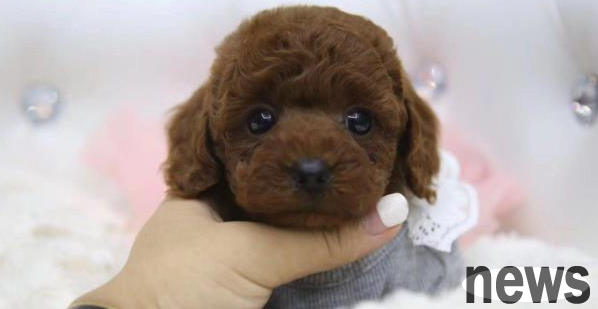There are 4 types of blood types for humans and about 8 types for pet dogs. If the wrong blood is accidentally transfused, because the pet dog’s trunk is small, blood circulation and nerve response are fast, it is very likely to cause an imbalance i...
There are 4 types of blood types for humans and about 8 types for pet dogs. If the wrong blood is accidentally transfused, because the pet dog’s trunk is small, blood circulation and nerve response are fast, it is very likely to cause an imbalance in the dog’s immune system, causing the blood to rapidly coagulate, causing fever, trembling, acute shock, etc. outside the body, which is very dangerous! Owners are reminded to know their dog’s blood type.

The blood types of dogs are relatively complex and cannot be divided into types A, B, O, AB, etc. like humans. At present, dog blood types are classified based on the surface antigens of red blood cells, referred to as DEA, which can be divided into 8 groups: DEA1, DEA3, DEA4, DEA5, DEA6, DEA7, DEA8 and Dal. That is, there are 8 types of red blood cell surface antigens in dogs.

Since more than one antigen can exist on the surface of a dog's red blood cells at the same time, DEA1 is the most important, because the DEA1 antigen is most likely to cause serious blood transfusion reactions (such as destroying blood cells, causing coagulation, etc.). Therefore, what is generally referred to as positive dogs and negative dogs refers to the clinical blood type identification method using commercial kits (meaning medical equipment in animal hospitals) to detect whether dogs have DEA1 antigen. Dogs with DEA1 antigen are DEA1 positive dogs, and dogs without DEA1 antigen are DEA1 negative dogs.

2/3 of the blood types of dog breeds in the world are DEA1 positive, and 1/3 are DEA1 negative. As for whether there is a universal blood type similar to human type O, it is currently confirmed by academic data that dogs with only DEA4 on the surface of red blood cells are considered human-like type O and can be transfused to 98% of dogs. The only breed with this blood type is Greyhound, but there are only a few such dog breeds in the world. Owners and veterinarians still need to complete a complete blood match before conducting blood transfusions for peace of mind.

Do you know what the blood type of your pet dog is?
Therefore, it is very important to transfuse the correct blood into the dog. Even if the blood type is the same, a complete match must be made. Before blood transfusion, detailed blood type testing of the donor dog and the recipient dog must be done. For example, the Veterinary Transfusion Medicine Center is well-equipped to quickly and accurately test whether the bleeding types of the two paired dogs are consistent. In the past, there was a common misconception among veterinarians and even the general public that it was not necessary to check the blood type for the first blood transfusion. However, with the advancement of medical research, owners should have the correct concept for their dogs.

Checking dog blood and stabilizing the market price of animal blood.
On the Internet, owners often ask for life-saving blood sources directly on social networking sites because their pet dogs are in urgent need of blood. Although they are really doing this to save lives, the source and testing of blood products, if general animal hospitals do not have complete instruments to analyze the safety of blood products in detail, and it is usually a whole blood donation, is an unsafe life-saving method for dogs.

Some people will say: "Before there was a veterinary blood transfusion medical center, pet dogs relied on animal hospitals for blood donation and transfusion. This method also saved many dogs!" This is not wrong. In fact, it is not completely denied now. In the past, animal medicine technology, however, no one can be sure that after a blood transfusion in a pet dog, there will be no sequelae or even death due to unknown reasons due to insufficient blood testing technology and inappropriate blood.

Precautions before and after blood transfusion for pet dogs
1. Confirm whether the blood of the donor dog contains pathogens and whether it completely matches the blood type of the recipient dog.
2. After blood transfusion, you must stay in the hospital to observe whether there are any abnormalities in the immune system.
3. After being discharged from the hospital, owners must pay attention to whether the dog has red skin, fever, shivering, agitation, or other abnormal symptoms. Even if the dog does not have abnormal symptoms, it must still be followed up on time and even undergo regular health examinations.